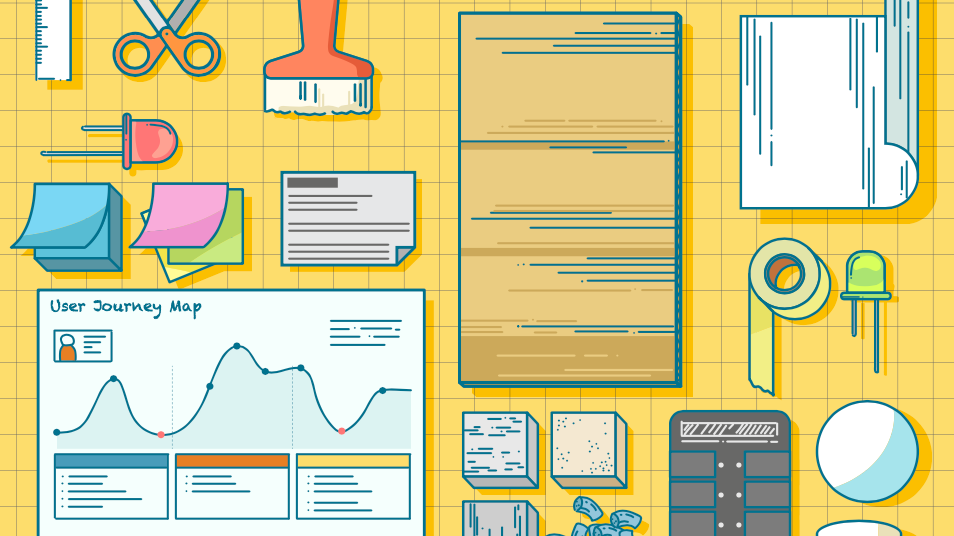Dates: September - November 2015
Skills and tools: User-centered research; product design.
Group project with: Siying Chen, Xiaoshi Shi, Yinglin Lu
Honor: Invention patents and utility model patents, certificated by SIPO China
U-warm was a project using user-centerd design method. In this project, we focused on a special group of people--the disabled elderly and the nursing workers. The whole design process was an iterating progressing work that we kept close contact to users to find what are the most desirable needs, and what could be the most suitable solution for them.
Brief
Aging problems, as one of the mega trends in the world, are receiving much more attention than ever before. Currently in China, that the institutional care systems and facilities are limited to the enormous aging population is a common situation which need to be improved. Among the aging population, the elderly with disabilities who have to rely on their families and institutions care, is a more vulnerable group and has more imperative to change. If we started from understanding users, what could be the new opportunity of designing a physical project?
User Research & Needs Analysis
We first did interviews in Lantian Care Centre. Due to some specific reasons, most of the elderly were not able to be interviewed, so we talked with four types of users that were closely related to the disabled elderly. There were 2 nursing workers, 2 doctors, 3 different families. We asked them what was the most painful problems for the disabled elderly. Based on the general results, we categorized 5 possible needs and made a secondary interview with some experts and experienced nursing workers and scoring out 3 problems to continue developing.
Product Definition
The highest demanded three aspects are showering, toileting and turn over. About the three aspects, we made a brain storming map about each process, and went through the whole action process to get as much touchpoint as we could. After we arranged again interviews to the nursing workers and doctors to verify the necessity and possibilities of problems from those three aspects. Besides,we did some field research about the caring centre environment. And, some further desktop research on benchmarking and disabled elderly nursing knowledges.
Based on the research, we listed out 6 factors of design demands, which were market potential, universality, possibility, typicality, cost and urgency, then scored via the Radar map to filter out the showering problems as our primary demand. The design instruction and product demands diagram were conducted to clarify our design mission.
Concept Generation & Iteration
According to the research and analysis, even for the essential daily life, the disabled elderly had more difficulties because of their body conditions and limitations. The nursing workers took significant role of taking care of them, however, current products and facilities in China were still on a basic nursing level without any specific care for this vulnerable group. Thus, we aimed at designing a showering product for them to offer more convenience for both the elderly and nursing workers from functional and empathic considerations.
We involved one experienced nursing worker to our concept generation and development process. Through narrowing down concepts ideas, generating in-depth solutions and evaluating developed concepts, we kept modifying the concept with the feedbacks from the nursing worker and finally reached to the conceptual showering wheelchair.
Outcomes




